When selecting a ceiling fan for your outdoor space, choosing the right size is crucial. Oversizing your ceiling fan may seem like a way to get maximum airflow, but it can lead to a range of issues that could affect the performance, aesthetics, and even the lifespan of your fan. Whether you're installing an outdoor ceiling fan with light or a more traditional ceiling fan with lights, understanding the consequences of oversizing can help you make the best decision for your space.
In this article, we’ll explore the potential drawbacks of oversizing a ceiling fan and offer tips on how to choose the right size for your outdoor space.
1. Poor Air Circulation
One of the primary functions of any ceiling fan, including outdoor ceiling fans with lights, is to circulate air efficiently throughout a room or outdoor area. When a ceiling fan is too large for the space, it may create an imbalance in airflow.
- Airflow Imbalance: Oversized fans can result in airflow that is too forceful, leading to uncomfortable drafts, especially in smaller spaces. Instead of providing a consistent breeze, a larger fan may create gusts of air that could be unpleasant for people sitting underneath it.
- Inefficiency in Small Spaces: In smaller outdoor areas, such as a small patio or porch, a large fan might not only waste energy but also disrupt the flow of air, making the space feel uncomfortable. Larger fans can have a stronger focus on creating airflow at higher levels, leaving the lower portion of the room or outdoor area stagnant.
2. Unbalanced Aesthetic Appeal
An oversized fan can dominate the design and feel of the room or outdoor space, disrupting the balance of the decor.
- Visually Overwhelming: In smaller spaces, a large fan may take up too much visual space, overpowering other design elements. If you have a cozy outdoor seating area, an oversized ceiling fan with lights can make the space feel crowded, which may not be the ambiance you want to create.
- Clashing with Style: While larger fans are often designed for larger rooms or outdoor areas, they may not match the style or design of your outdoor decor. For example, if you have a modern outdoor ceiling fan with light, choosing a fan that's too big might make the area feel more industrial than stylish, especially if the fan is an eyesore when not in use.

3. Increased Energy Consumption
Larger ceiling fans typically consume more power, which means they can drive up your energy bill, especially if used in smaller areas where they aren't necessary.
- Higher Electricity Use: Ceiling fans with lights are already designed to offer efficient cooling and lighting, but if the fan is oversized for the area, it may consume more energy than needed. While fans are generally energy-efficient compared to air conditioning, choosing a fan that is too large for your outdoor space means you are wasting more energy than required to cool the area.
- Higher Maintenance Costs: The larger motor in an oversized fan may also lead to more frequent maintenance or higher repair costs over time, especially if it's working harder than necessary to cool an area that's too small.
4. Excessive Noise
An oversized fan typically has a more powerful motor and larger blades. While this design helps in larger areas, it can lead to an increase in noise when installed in a smaller area.
- Loud Motor Noise: Larger fans often come with stronger motors that can cause vibrations or unwanted noise, which can be annoying, particularly when you're trying to enjoy your outdoor space quietly.
- Increased Blade Movement Noise: Larger fans also feature longer blades that create more wind resistance. This increased blade movement can contribute to noise, making your outdoor ceiling fan with light a lot louder than necessary.
5. Safety Concerns
Another consequence of oversizing your fan is potential safety risks. A fan that is too large for the space may be installed improperly or hung too low, which can result in dangerous situations.
- Low-Hanging Blades: If a fan is too large for a space, the blades may be installed too low, which increases the risk of someone accidentally brushing up against them. This is particularly true in areas where people are walking around, like outdoor decks or patios. In this case, oversizing the fan can cause an obstruction and create a safety hazard.
- Structural Strain: An oversized fan could put additional strain on the ceiling or mounting hardware. Over time, this could result in the fan becoming unstable or even falling, especially if it's a heavier model that was not designed for the space.

6. Decreased Lifespan of the Fan
Overworking an oversized fan can cause it to wear out more quickly.
- Excessive Stress on Motor: If the fan is too big for the space, it will have to work harder than necessary to circulate air. Over time, this increased effort can put stress on the motor and components, leading to faster wear and a potentially shorter lifespan.
- More Frequent Repairs: In addition to increased wear, an oversized fan might require more frequent maintenance, repairs, or part replacements, adding to the overall cost of ownership.
How to Avoid Oversizing Your Ceiling Fan
To prevent the drawbacks of an oversized fan, it's important to choose the right size for your space. Here are some tips:
- Measure Your Space: Measure the dimensions of your room or outdoor area to determine the ideal fan size. For smaller outdoor areas (e.g., a 10x10-foot patio), a 42-inch to 52-inch fan should suffice. Larger patios may need 52-inch to 60-inch fans.
- Consider Fan Efficiency: Consider the type of fan you need for the space. Some ceiling fans with lights are more efficient in small spaces, while larger outdoor areas require more powerful fans to ensure proper airflow.
- Use the Ceiling Fan Size Chart: Manufacturers often provide sizing charts based on square footage. These charts help you determine the appropriate fan size based on the size of your outdoor space, so you're not choosing a fan that's too big or too small for your needs.
- Consult an Expert: If you're unsure of the right size, consult with an expert or a professional installer who can recommend the best fan size for your specific space.
Conclusion
While it's tempting to choose the biggest outdoor ceiling fan with light for maximum airflow, oversizing a fan can result in poor air circulation, noise, inefficient energy usage, and safety concerns. The key to a successful ceiling fan installation is selecting the right size for your space. By understanding the consequences of oversizing and carefully measuring your outdoor area, you can ensure that your ceiling fans with lights provide optimal comfort, efficiency, and style without unnecessary drawbacks.




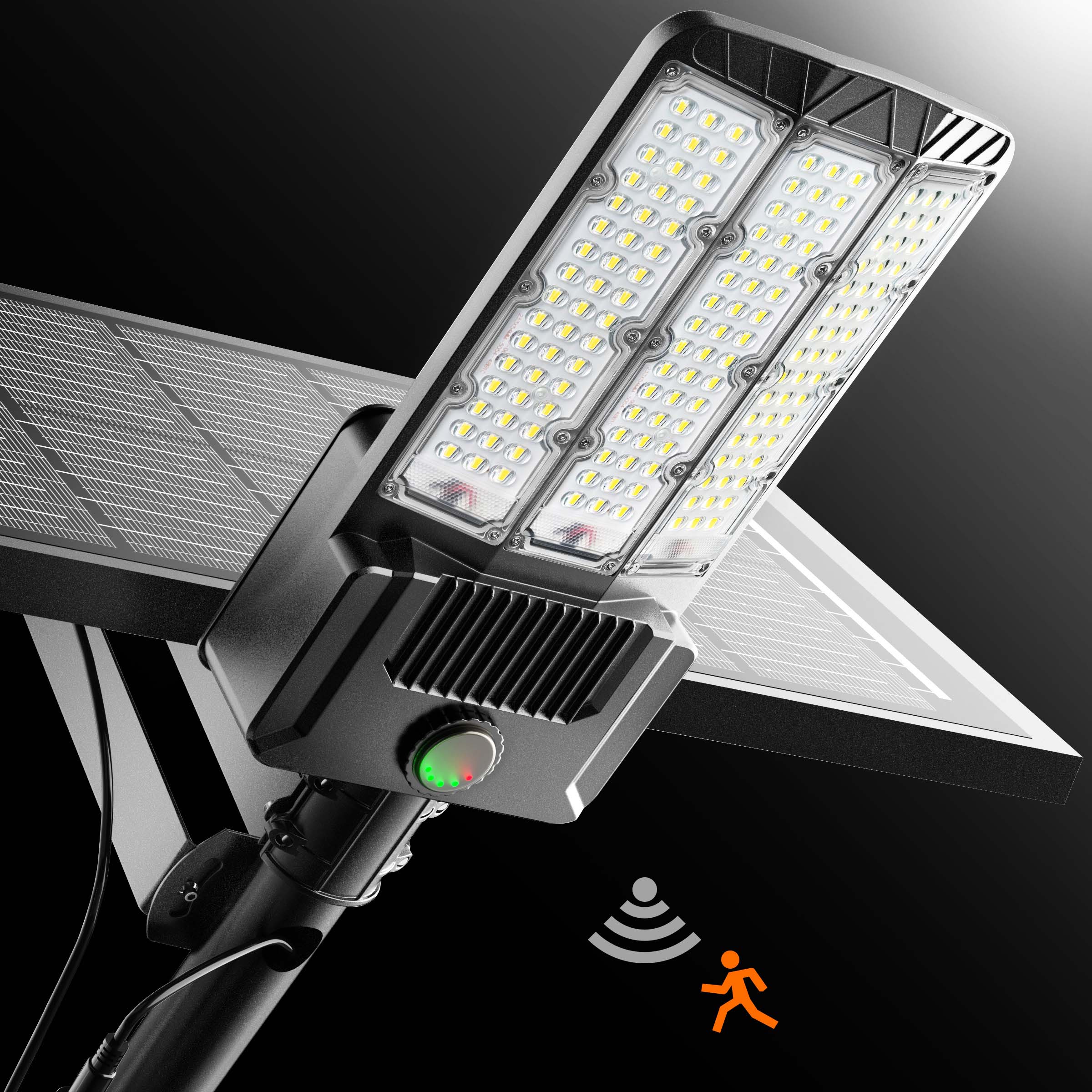
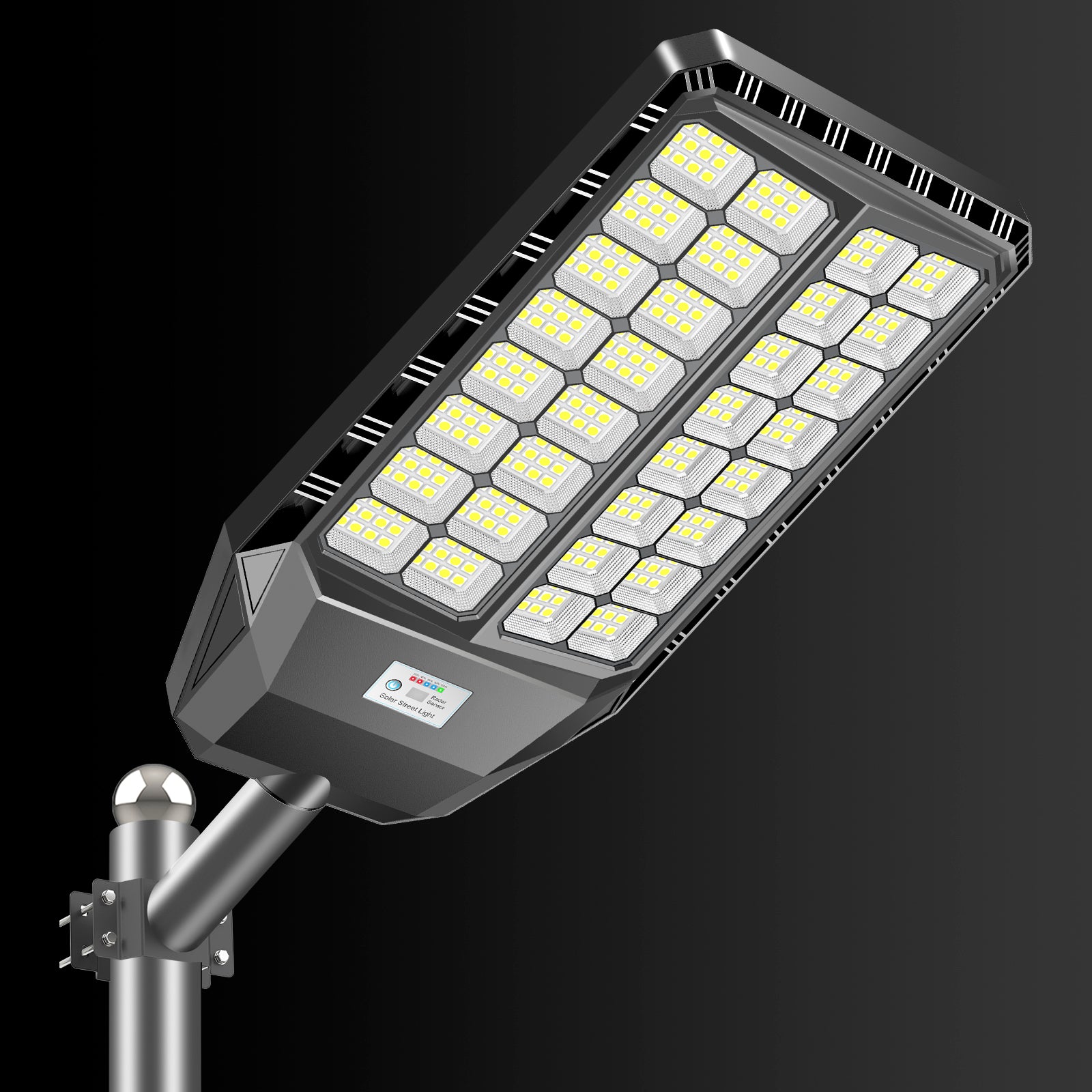
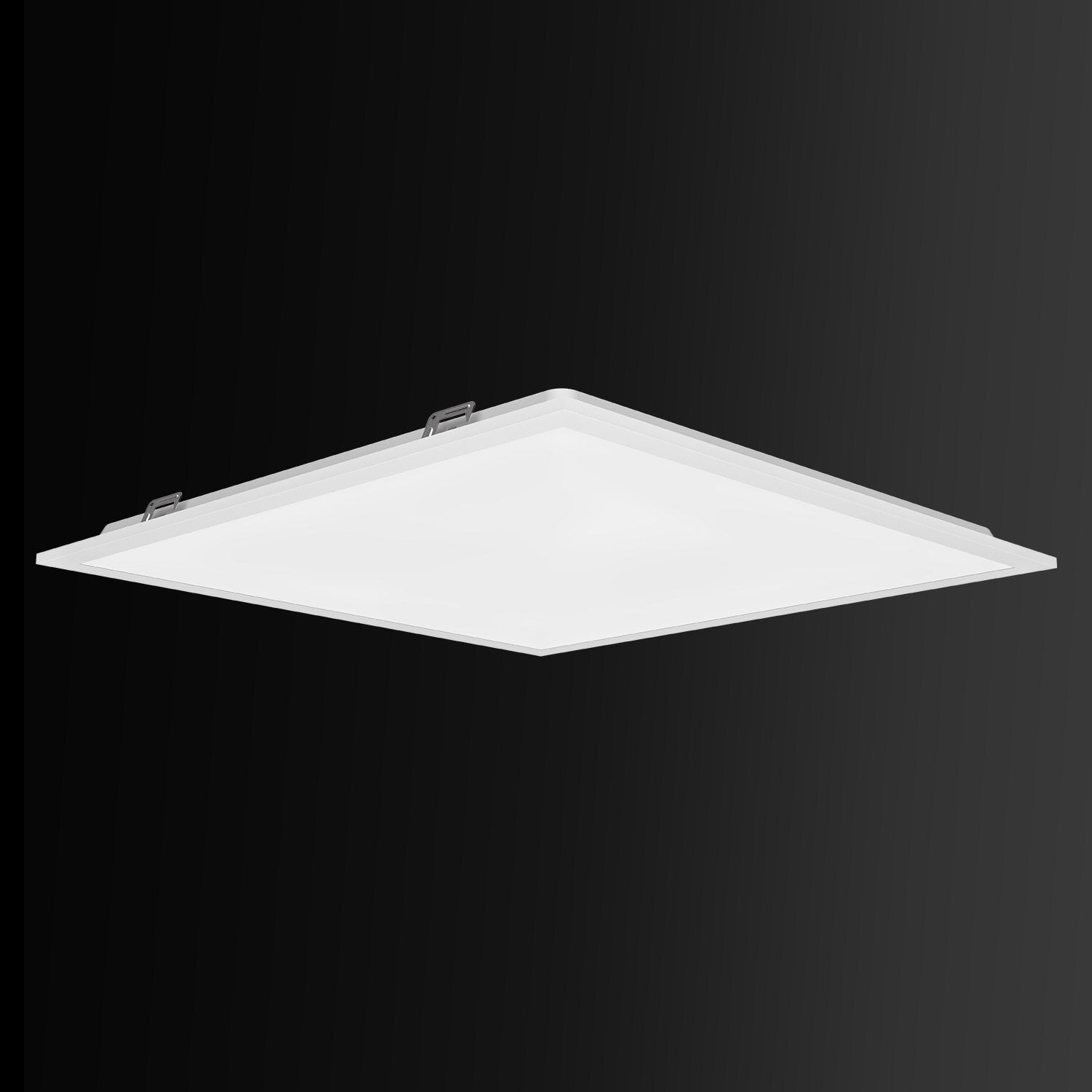
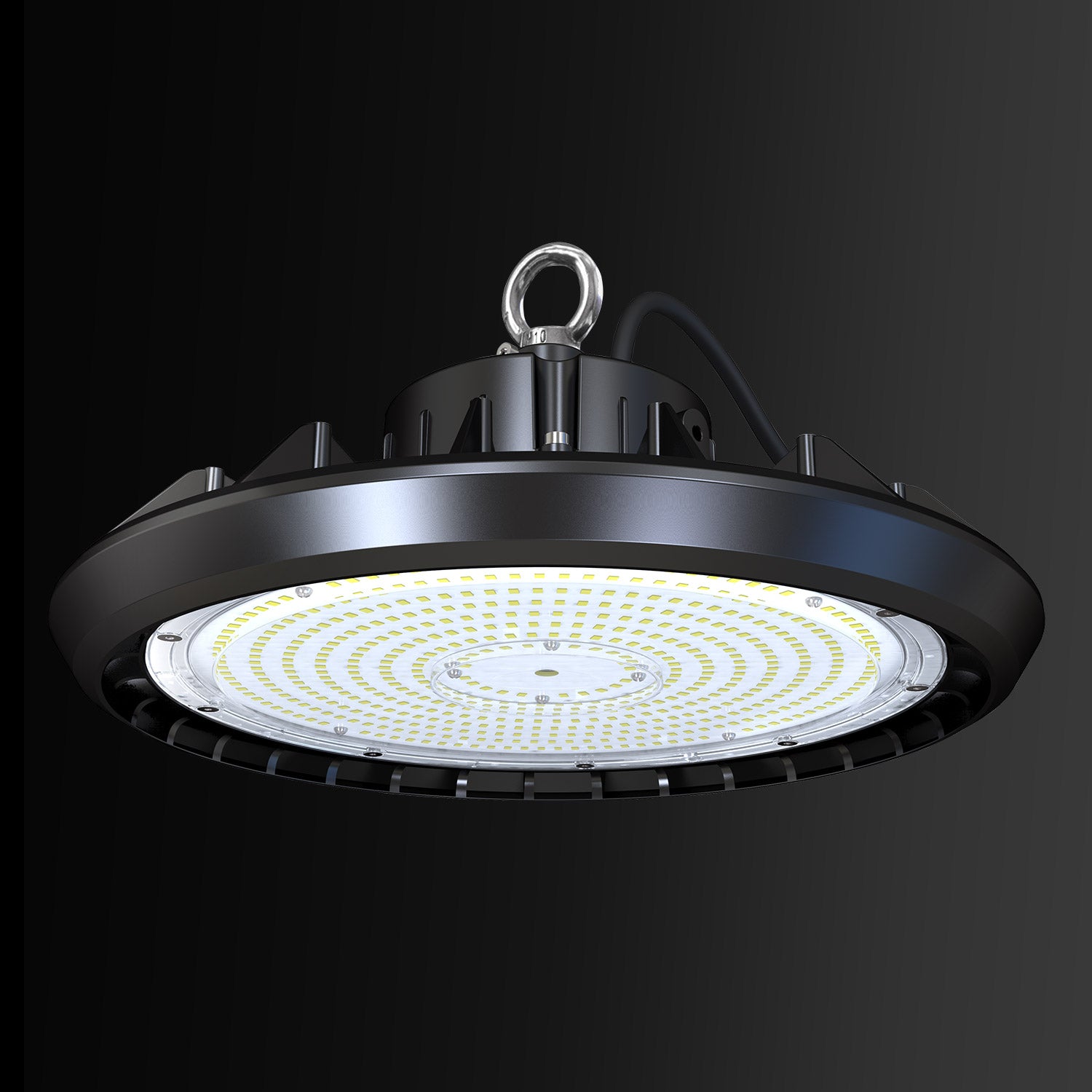
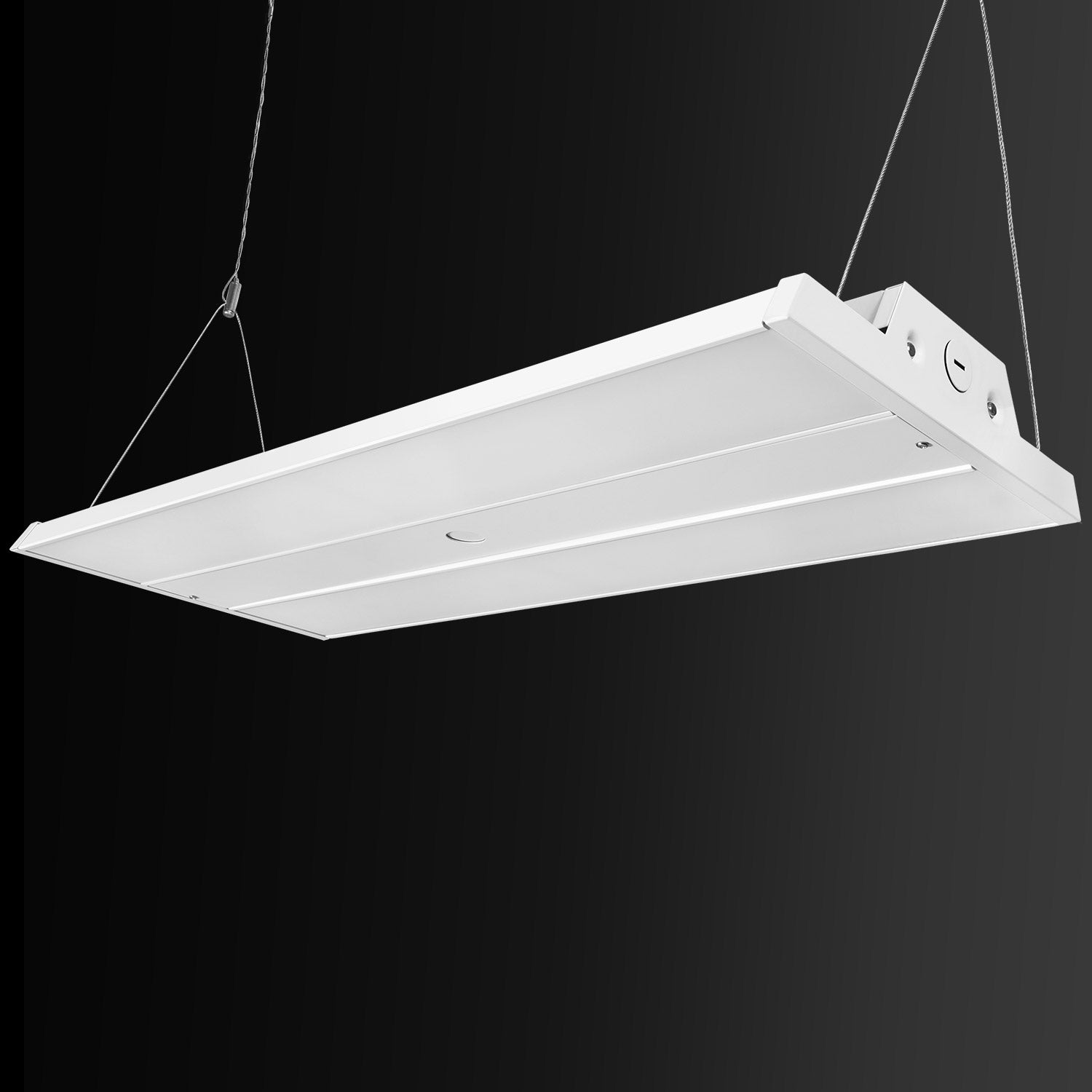
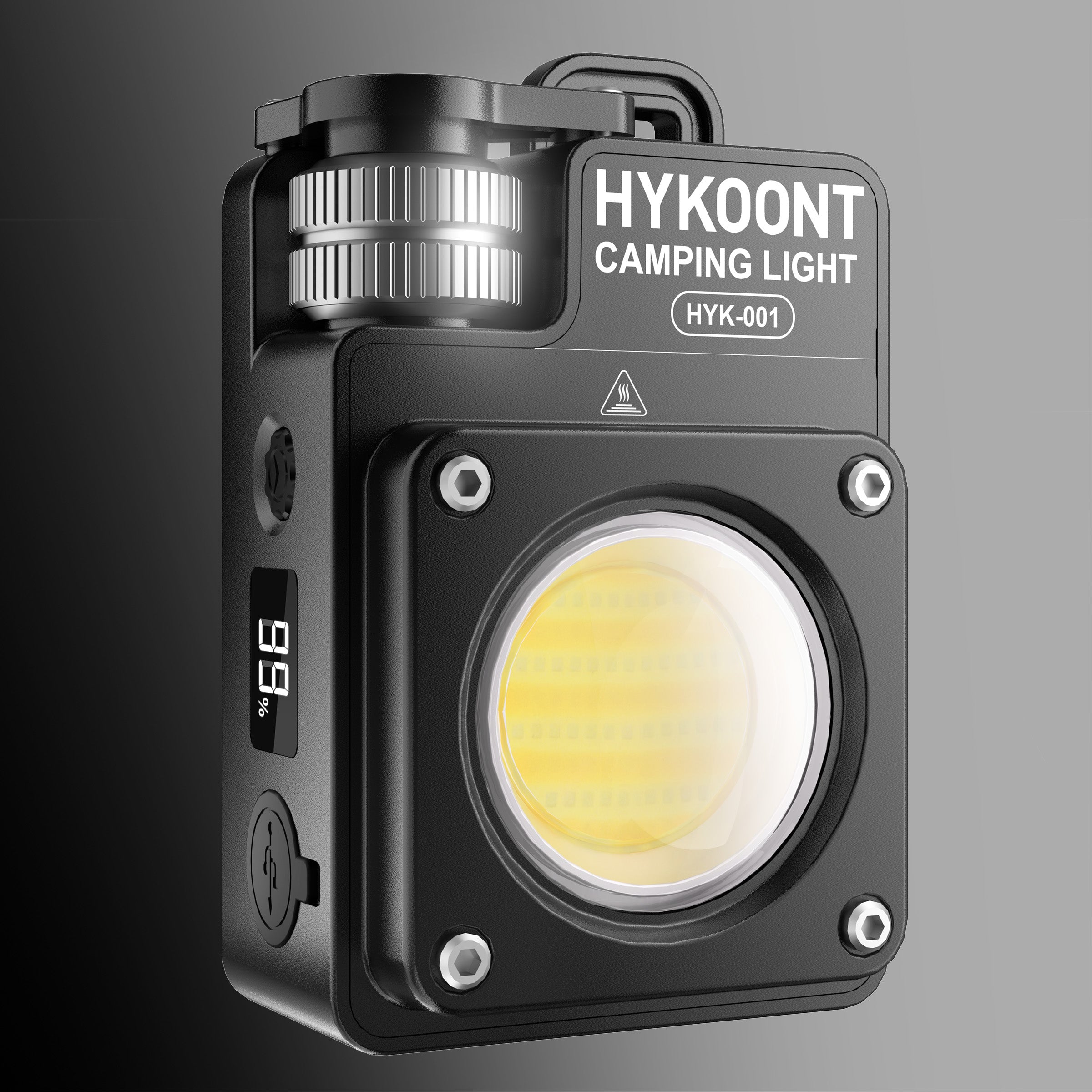
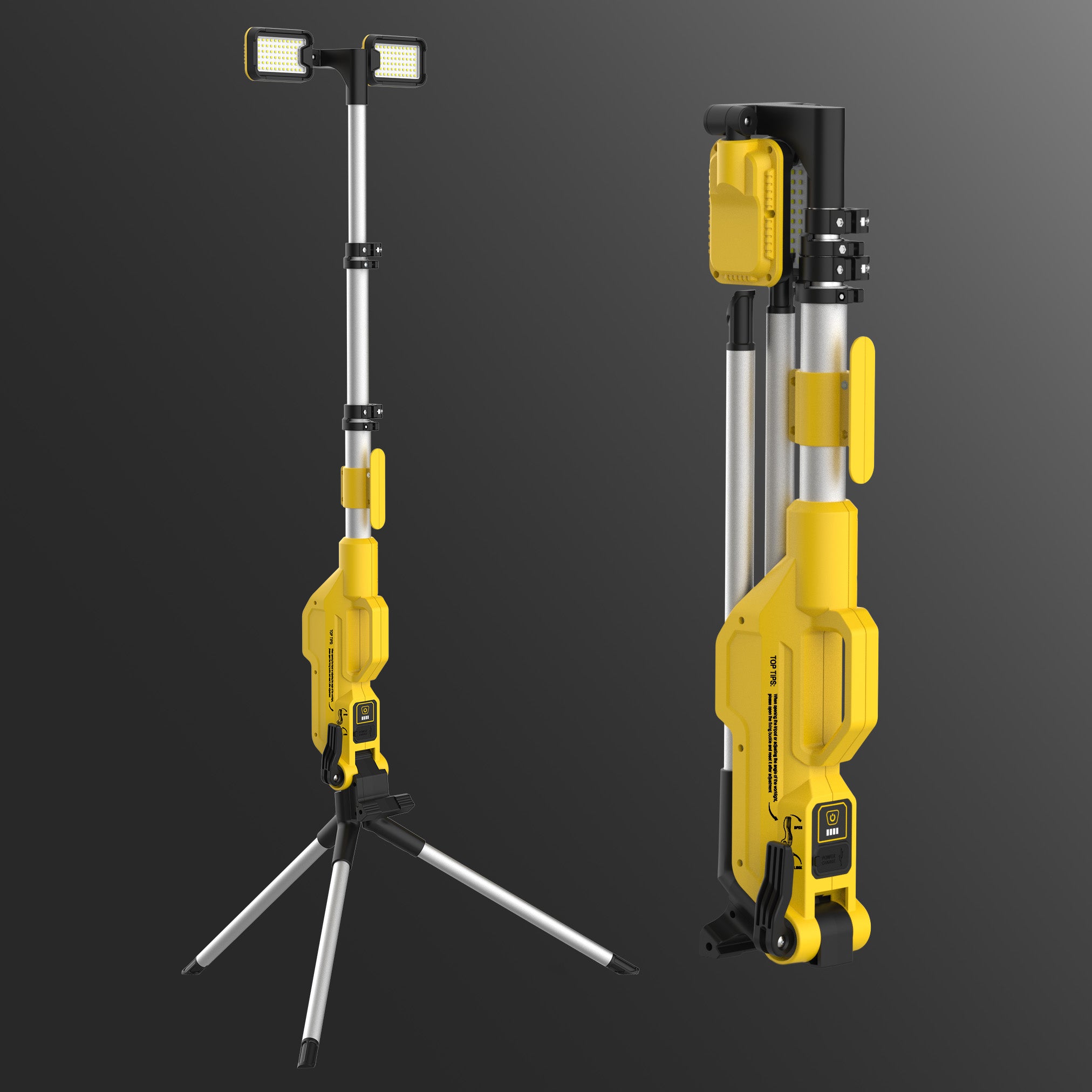
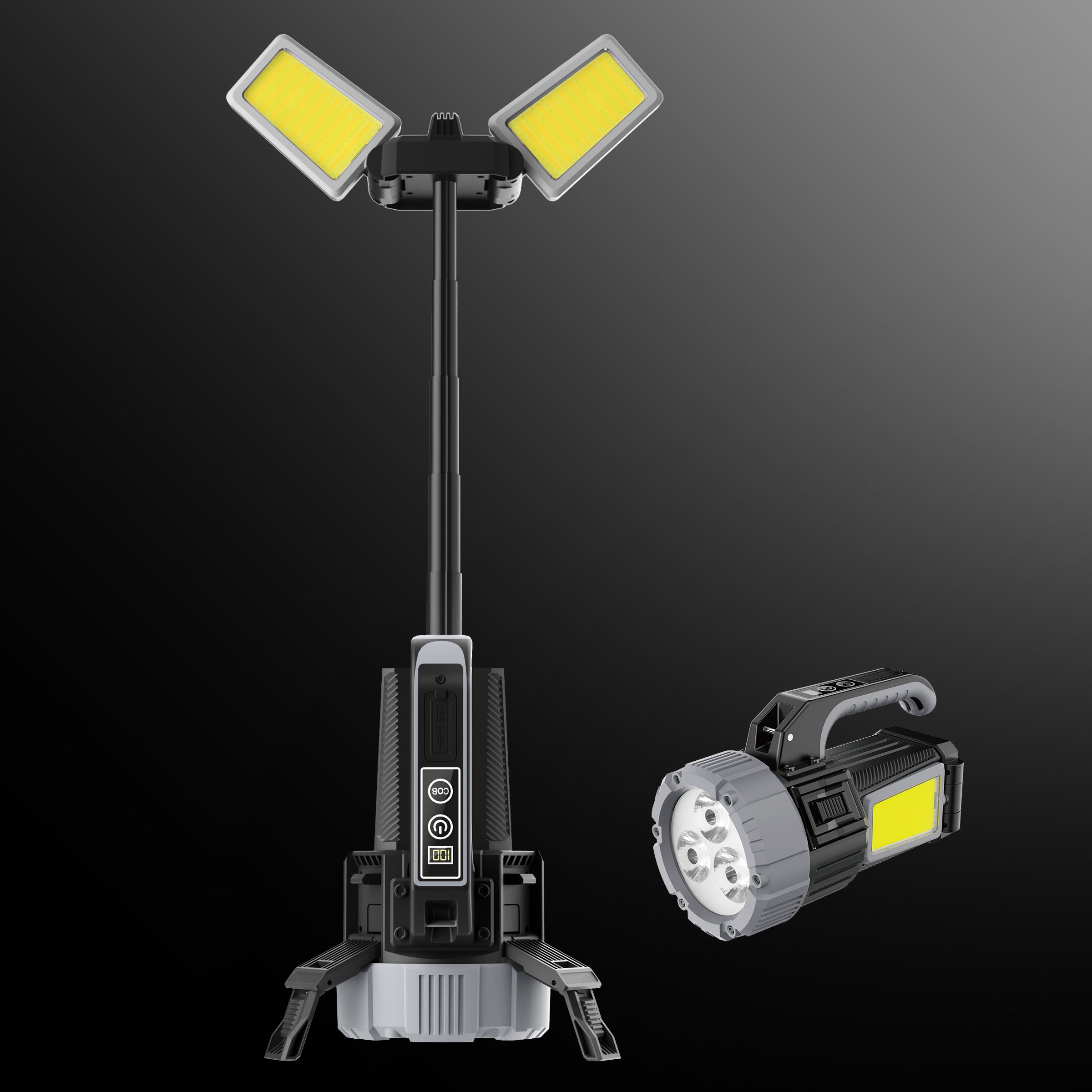


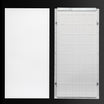
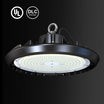
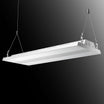


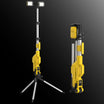
![[BOGO] Hykoont LS018 Multi-Function 2 in 1 Flashlight Portable Extendable Adjustable Brightness CCT Bright](http://hykoont.com/cdn/shop/files/HYK-STDG18-2.jpg?v=1765273877&width=104)
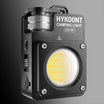
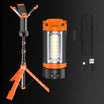
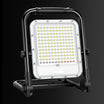

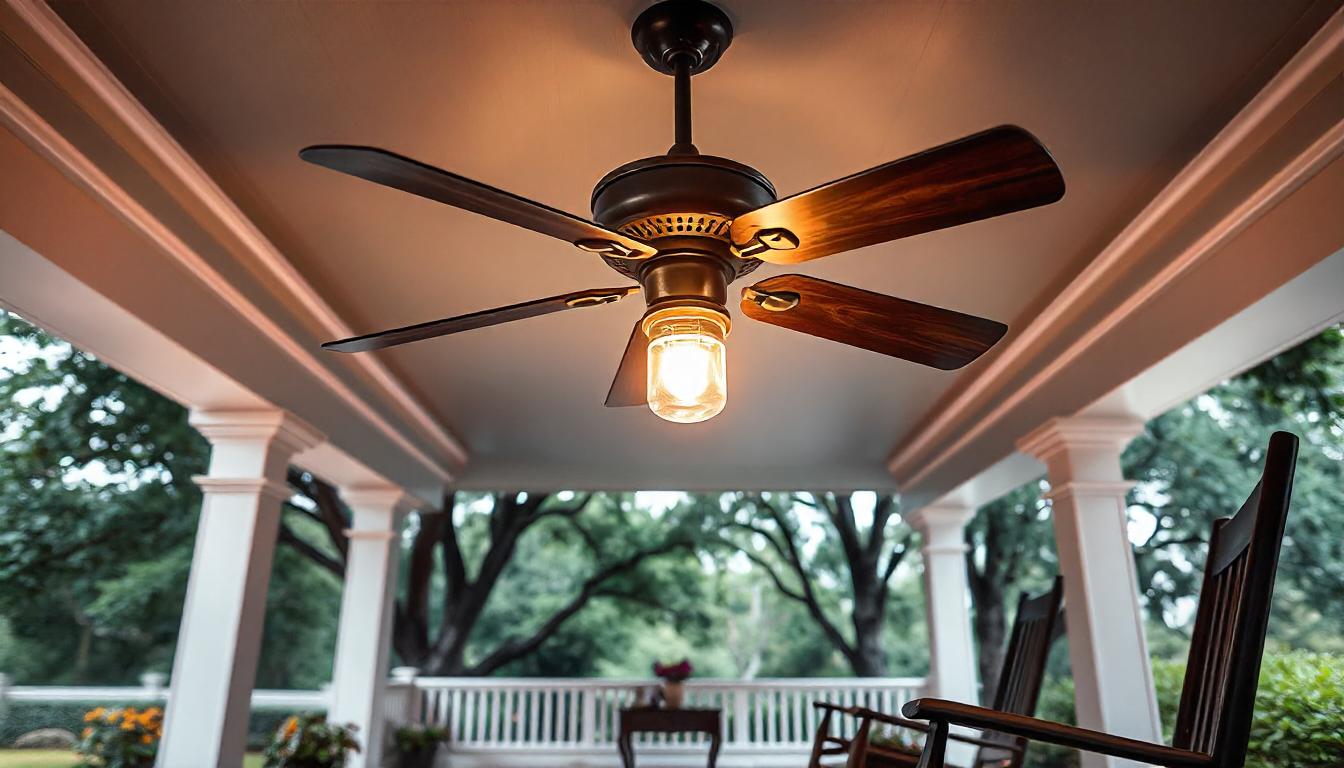
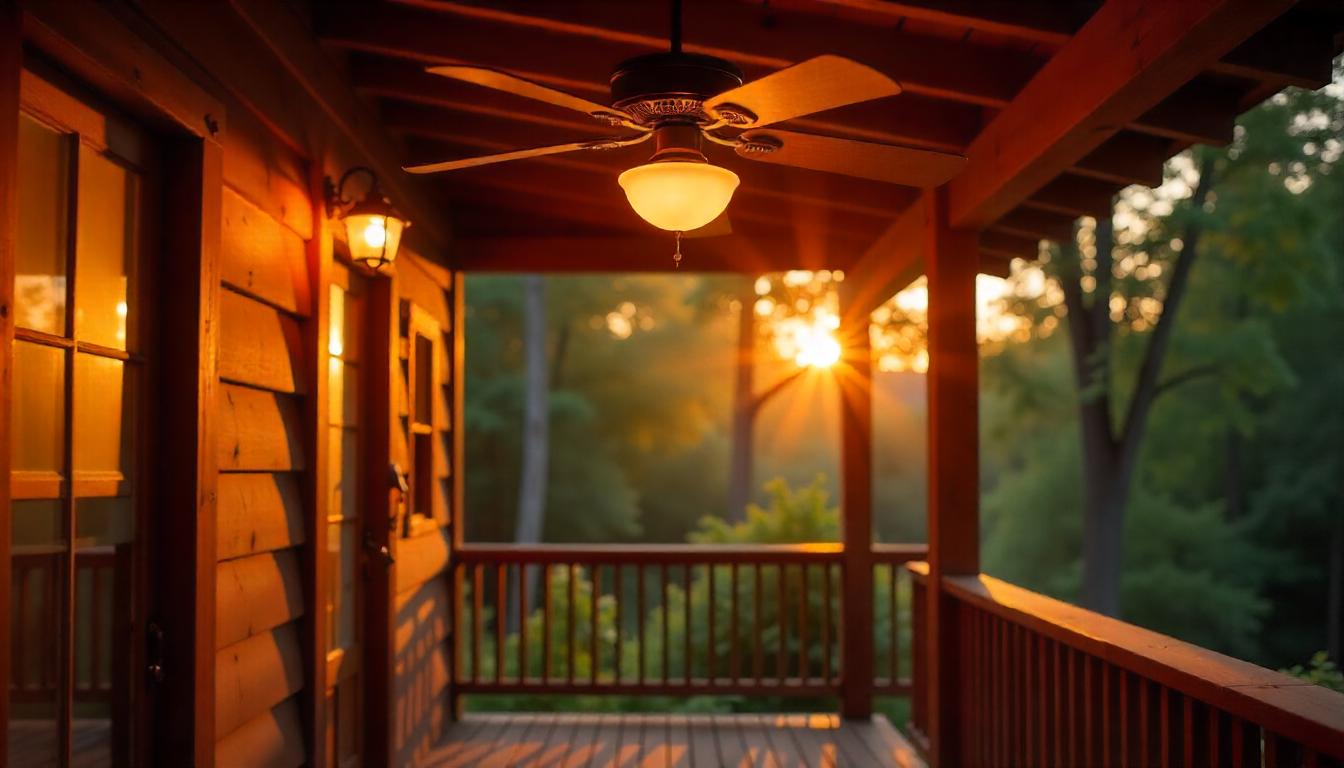
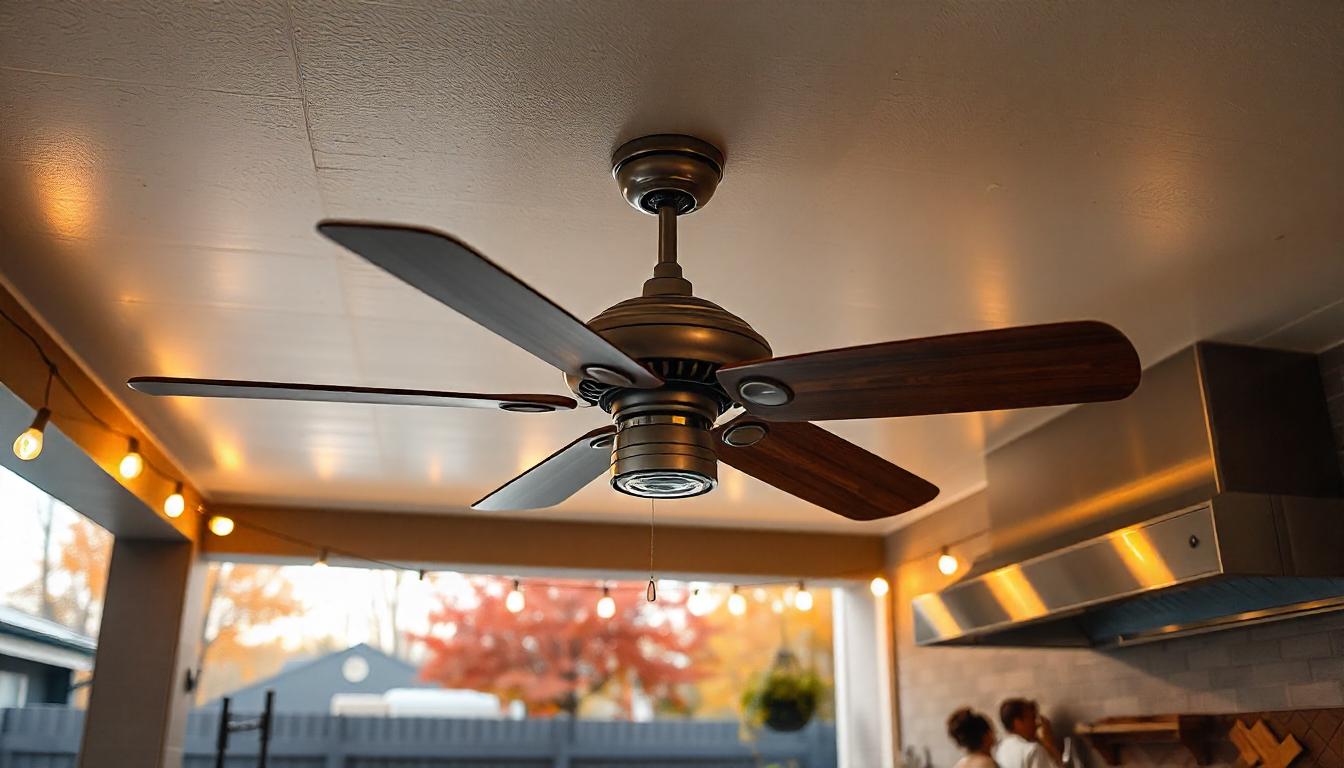
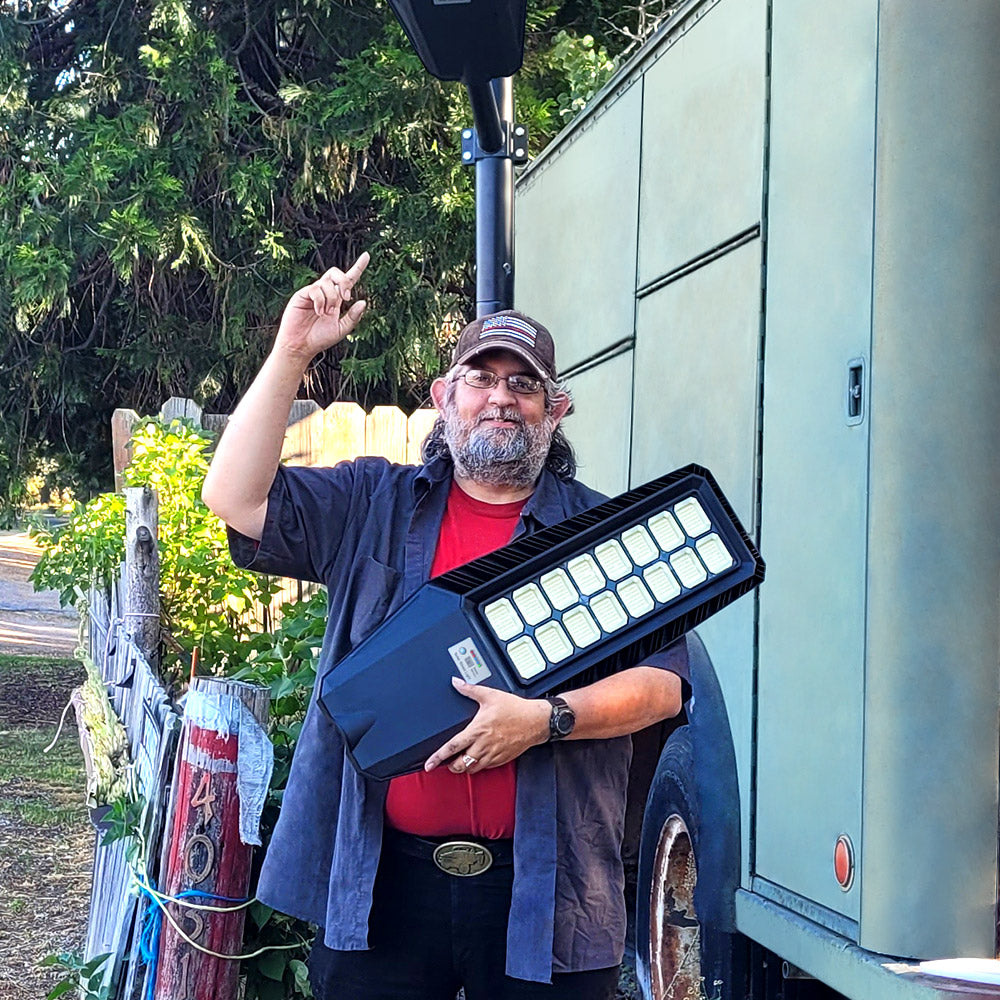
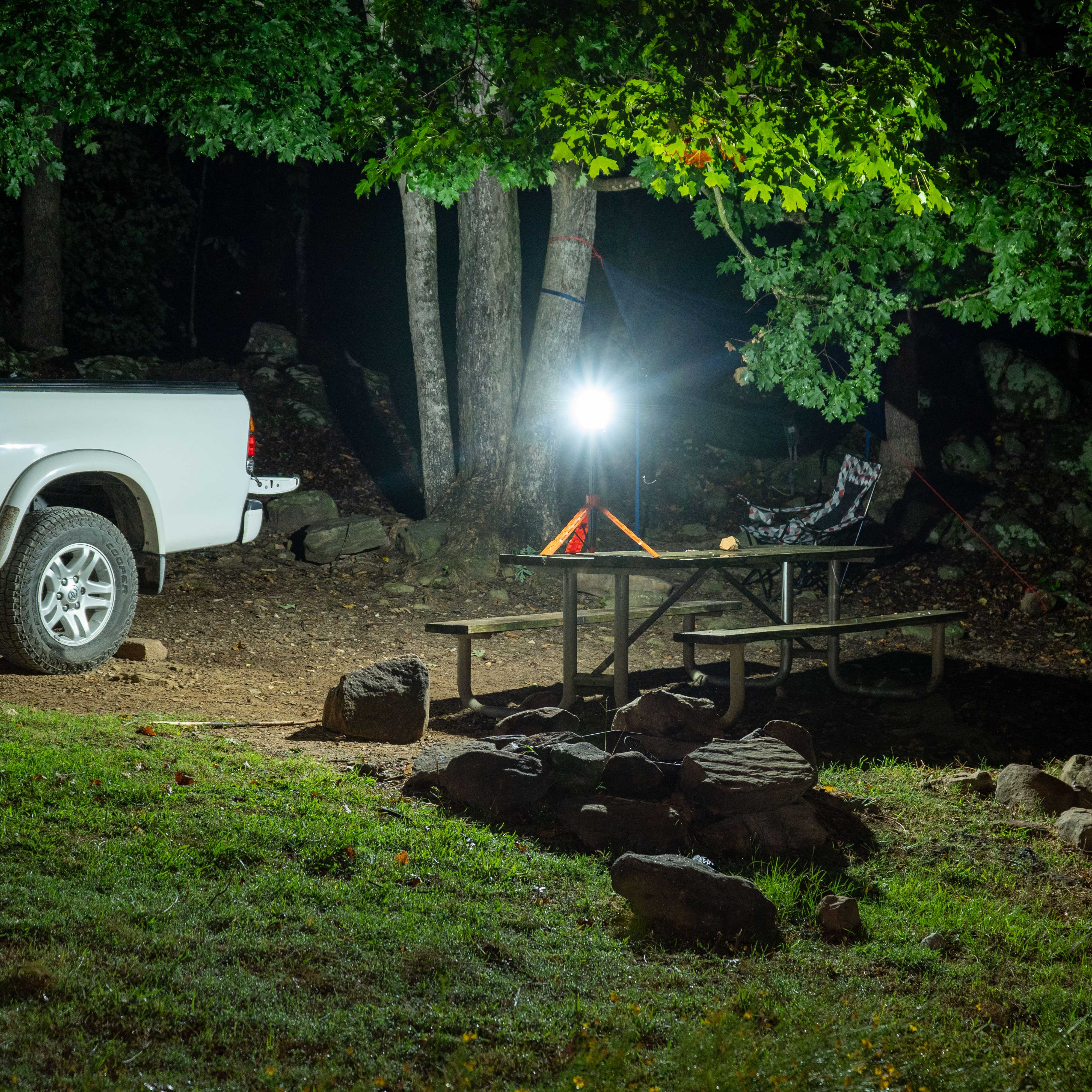
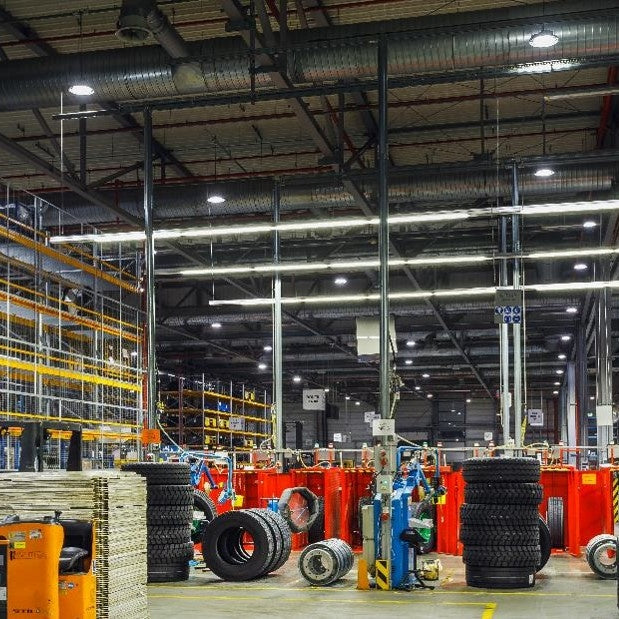
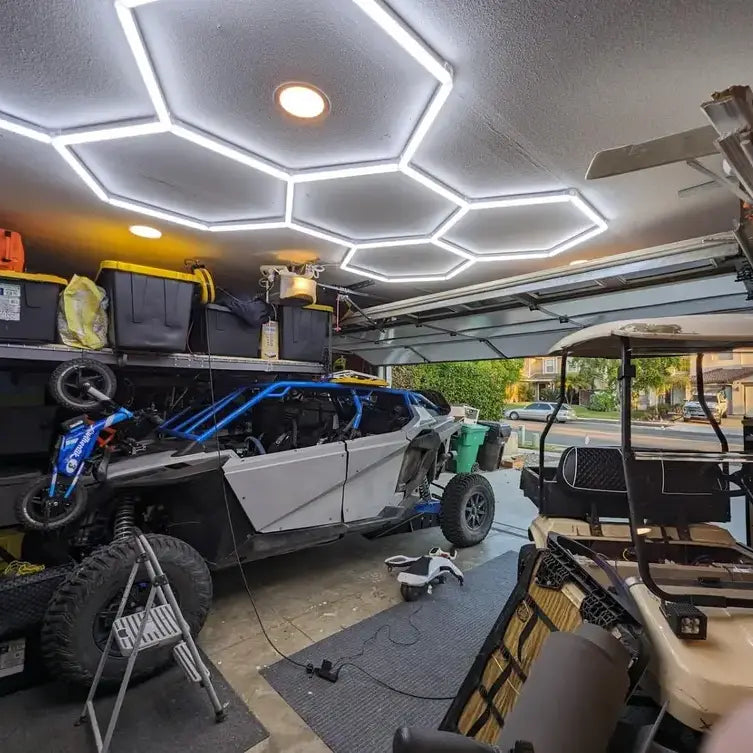
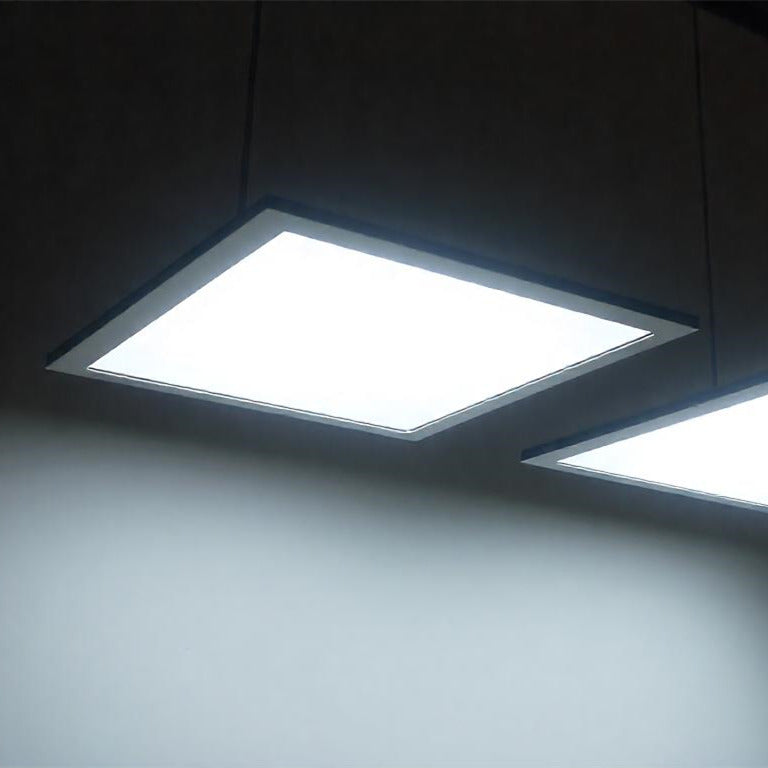
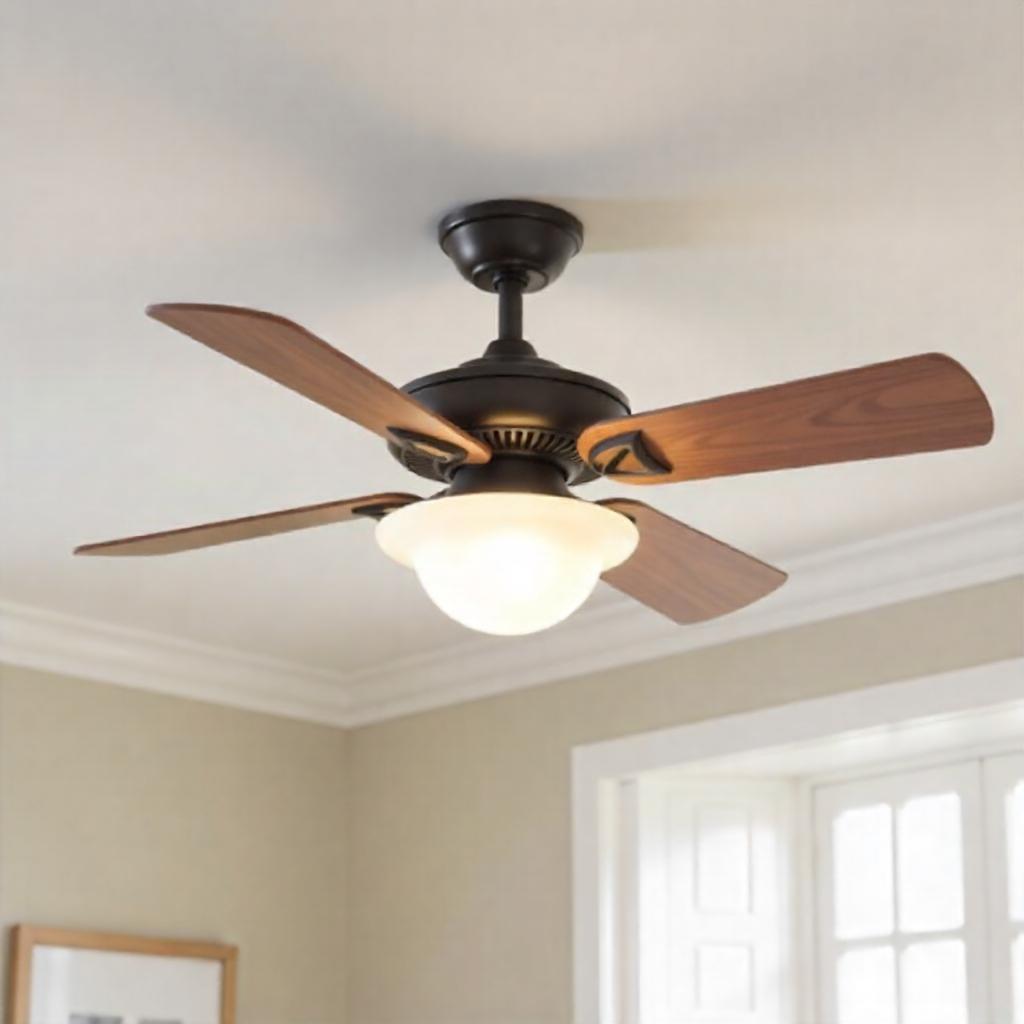
Leave a comment
This site is protected by hCaptcha and the hCaptcha Privacy Policy and Terms of Service apply.